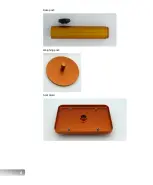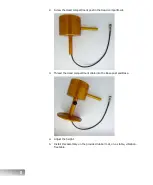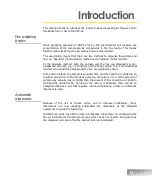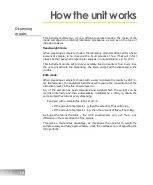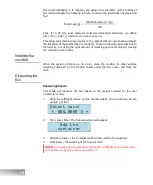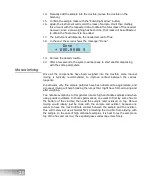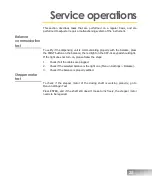
20
14.
Manually add the sample into the crucible. (Leave the crucible on the
balance.)
15.
Confirm the sample mass with the “Enter/Right arrow” button;
16.
Again, the instrument will record the mass of sample. It will then multiply
this amount with the requested ratio to obtain the total mass of flux needed.
However, since a pre-weighing has been done, that mass will be subtracted
to obtain the final amount to be added.
17.
The instrument will dispense the needed amount of flux.
18.
In the end, the screen shows the message: “Done.”
Done !
~ 008.0000 g
19.
Remove the dosed crucible.
20.
After a few seconds, the system will be ready to start another dispensing
with the same parameters.
Manual mixing
Once all the components have been weighed into the crucible, some manual
mixing is typically recommended, to improve contact between the various
reagents.
In particular, very fine sample particles have been observed to agglomerate, and
a manual mixing will help breaking the lumps that might have formed during and
after weighing.
Two notable exceptions to this general rule are high-carbonate samples and when
using powder oxidizers. In those special cases, one want to first lay some flux on
the bottom of the crucible, then add the sample (and oxidizer) on top. Manual
mixing would ideally just be done with the sample and oxidizer, because one
wants to have the most intimate contact between the sample and the oxidizer.
Flux will merely act as a shield at first, protecting the crucible from alloying with
the sample. In the case of high carbonate samples, it is best to lay the sample on
top of the flux and not mix; the expelled gases will escape more freely.

